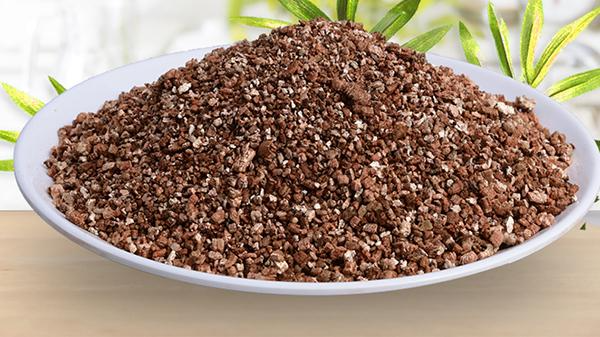What kind of soil should be used for what kind of flowers? An experienced gardener teaches you how to use these 14 kinds of soil to make your flowers grow fat and strong.
Since I opened my own media column, I have written a lot about the knowledge and experience of growing flowers and vegetables. I am also grateful to many flower lovers for their likes. The weather is getting hotter and hotter, and everyone is getting busy. This is the busiest season of the year for growing flowers and vegetables.
I remember that since I started my home gardening online store in 2012, I have been getting up at three in the morning and going to bed at five in the morning every year, busy with the online store business. I often hang out in flower markets and gardening greenhouses, learning gardening knowledge from the masters. Now I am considered an experienced gardener.
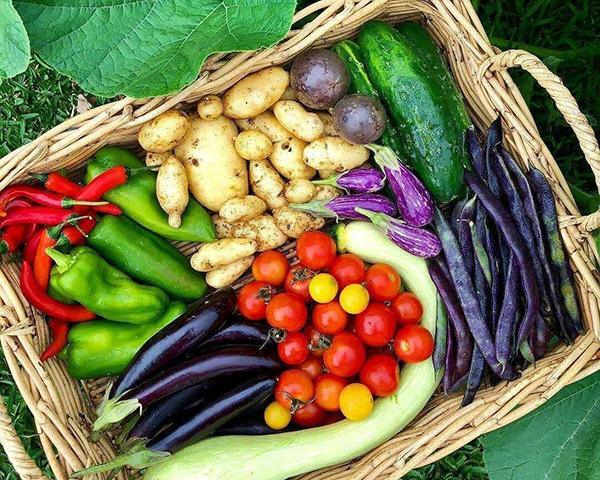
I see many flower lovers going to the flower market to buy flowers, seedlings, pots, soil, and fertilizer. Some of them are flower-growing experts who know what to buy and what is easy to use. But most of them are novices. They are very enthusiastic about flower growing at the beginning, but the more they grow flowers, the worse the quality of the flowers becomes. Gradually, they lose confidence and feel that flower growing is difficult.
Many of these reasons are due to poor maintenance, but there are also other reasons, such as the soil. Many people think that the soil for growing flowers can be dug from the fields or roadsides. In fact, it is not the case. On the one hand, it is hard to say whether the roadside soil is polluted or not. On the other hand, there are many impurities, such as plastic bags, stones, etc., which are not suitable for growing flowers and vegetables at home. Today I will tell you about these types of soil for growing flowers and vegetables, and what flowers can grow with different soils!
Ordinary flower nutrient soil
This kind of soil is the most common in the market and is generally the cheapest, costing more than ten yuan for a sack. This kind of soil is planting soil that has been fermented with fertilizer in farmland and vegetable gardens, mixed with a small amount of vermiculite and perlite. If it is good, it will be passed through a fine sieve, with uniform particles and be fluffy like cotton.
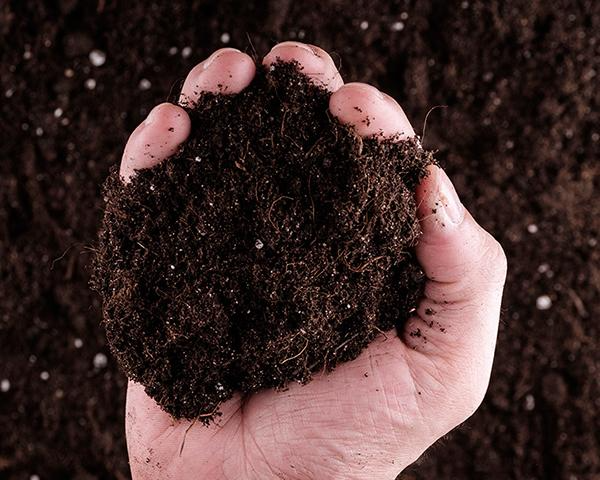
After watering the potted plants with this kind of soil, the top will collapse, and you need to add soil into the flowerpot several times and pat it down. The soil is good, but the disadvantage is that it is easy to breed insects. It is best to heat it at high temperature to disinfect it before use.

Peat soil
This soil looks the same as ordinary flower soil, but it has higher nutrient content than soil, making it more suitable for growing fruits and vegetables. The better ones on the market are Northeast peat soil and imported peat soil. A foreign brand also has different models according to different ingredients, such as 413, 414, 422, etc., which are suitable for different varieties of flowers.
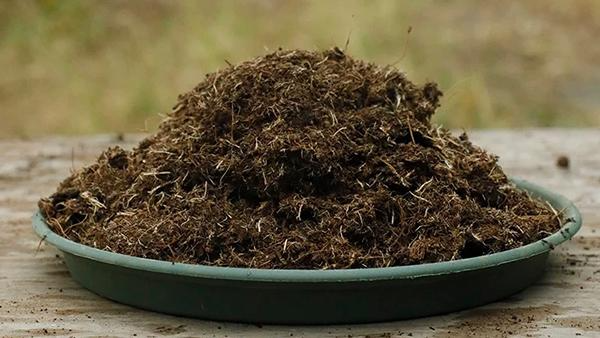
Akadama soil, Kanuma soil, wheat stone, volcanic rock
You can tell from these names that these are soils imported from abroad. These soils have become popular in the flower-growing community because more and more people are growing succulents. Seeing that people abroad use this soil, we use it too. This type of soil is really good for growing succulents and orchids. It is the most widely used cultivation medium in Japan. It is made of volcanic rock mud and minerals, is slightly acidic, and contains a lot of silica and alumina, which is suitable for the growth of succulents.
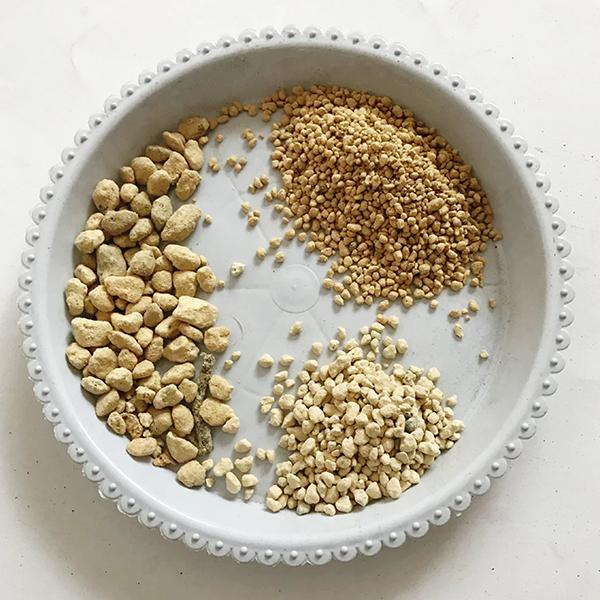
Generally, Akadama soil and Kanuma soil are used more. Akadama soil is harder, and Kanuma soil has a stronger pH than Akadama soil. Akadama soil is a "universal soil", and Kanuma soil is more suitable for plants that are afraid of moisture and cold.
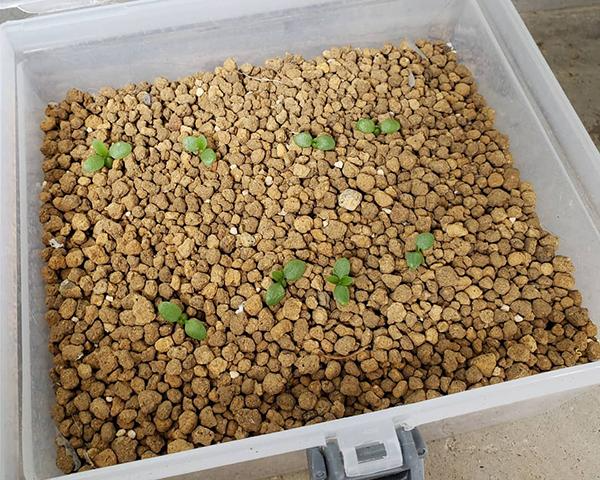
There are two types of Akadama: the second-tier and the third-tier. The main difference lies in the hardness and powdering properties. In comparison, the third-tier Akadama has a higher hardness and is not easy to powder after soaking in water. Its price is also slightly higher than the second-tier.
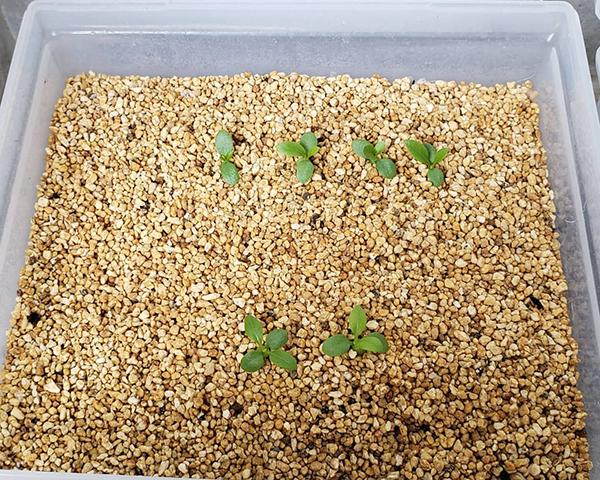
Coconut peat
Coconut pith is made by crushing coconut shells and compressing them at high temperature. It is brick-shaped and needs to be soaked in water when used. I was the first retail seller in Beijing to sell a certain brand of coconut pith from Australia. I bought more than a ton for trial sales at that time, and the effect was quite good. What surprised people was that this soil was the size of a brick and it was very hygroscopic. After soaking, it could fill a bucket with water.

The advantage of coconut bran is that it is very clean and there is no need to worry about insects. The disadvantage is that it does not contain fertilizer, so the soil needs to be fertilized continuously. Moreover, the first generation of products has no desalination treatment and is highly saline and alkaline, so it needs to be mixed with nutrient soil or rinsed before use.

Pine Needle Soil
The best soil for Clivia, Cymbidium and Cymbidium is pine needle soil, which is stronger than other soils. Why is this kind of soil rarely seen in the flower market? Because it is expensive! Who would be willing to use this kind of soil?
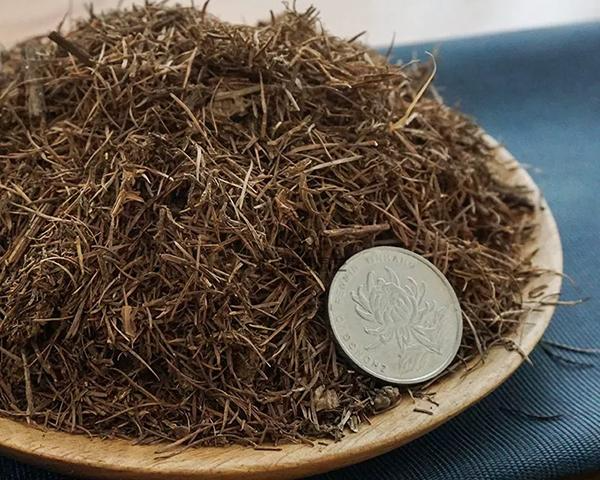
The real pine needle soil comes from the forest land in Northeast China. It is a mixture of pine needles and peat soil. It is slightly acidic and can better promote the health of plant roots. I visited a greenhouse that specializes in growing precious Clivia. The owner said that they have to buy pine needle soil from Northeast China every year to replace the soil for Clivia, which is very expensive.
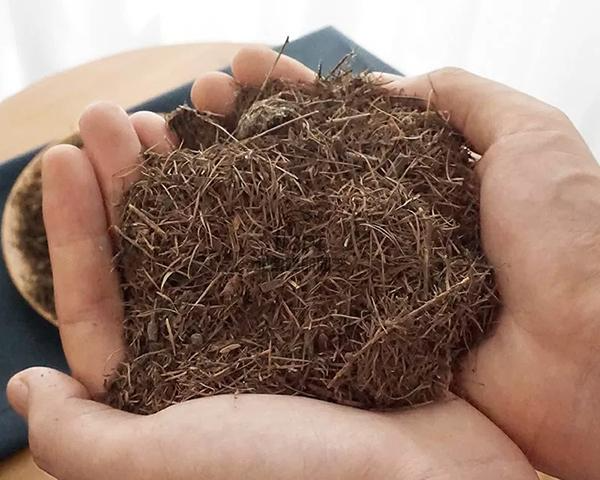
Pine bark, peat ash, river sand, sphagnum moss
These four types of soil are rarely used in flower cultivation, but they are also common, so let's talk about them together. Pine bark is highly permeable, which is good for water storage and drainage. It is generally used for orchids. Generally, it is not used directly as soil, but is placed at the bottom of the flower pot or covered on the surface of the flower soil.
Peat ash is not peat soil. Peat ash is the ash from burning plants after they wither. Almost all the mineral elements contained in plants are contained in peat ash. Peat ash is light and alkaline. It is easily blown away by the wind when dry and by water when wet. It is easy to cause nitrogen volatilization loss when it comes into contact with nitrogen fertilizer.
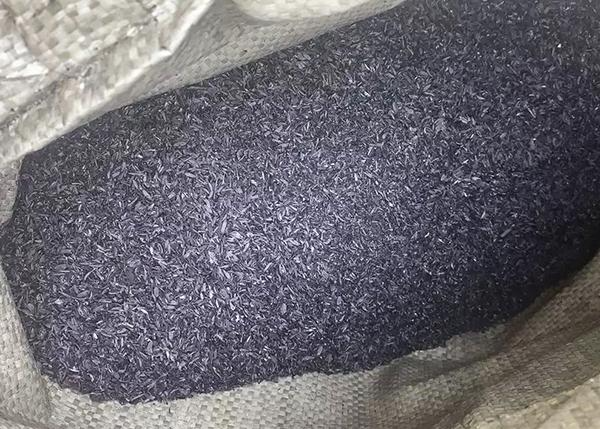
For some flowers that do not have high requirements for soil, we directly use 40% garden soil and add 60% river sand. This ensures that the soil is loose and breathable, and has certain nutrients. More importantly, it saves the use of nutrient soil, which is both economical and affordable.
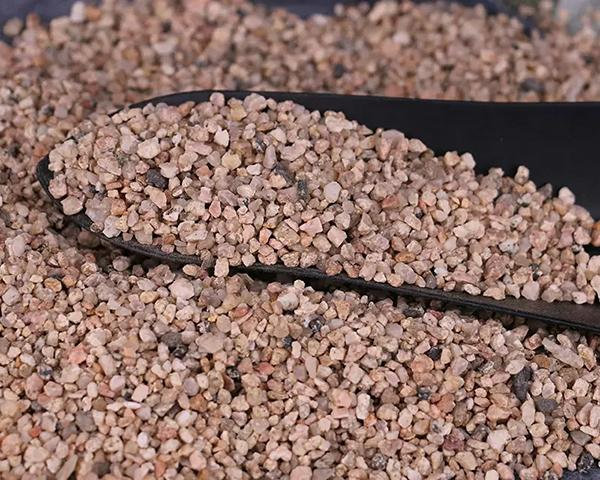
There are generally two application scenarios for sphagnum moss. The first one is, for example, bionic cultivation of Dendrobium. Many flower lovers use sphagnum moss to bind the plants during cultivation. The second one is that sphagnum moss can be used as a medium when planting orchids such as Phalaenopsis.
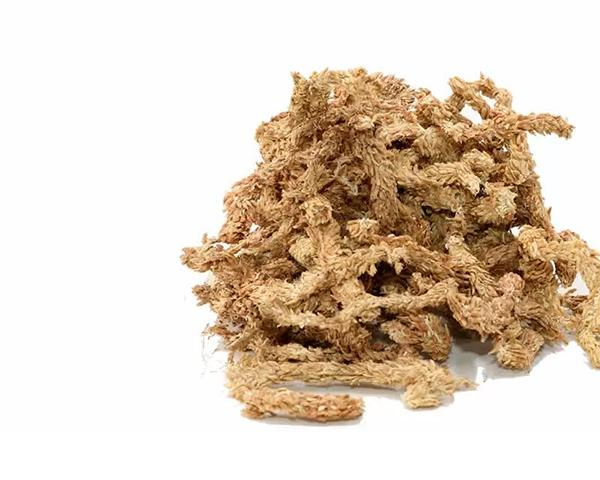
Vermiculite, Perlite
I don’t think these two types of “soil” can be considered soil in the real sense. They are mainly used as ingredients, and their main functions are heat preservation, air permeability, and water seepage.
